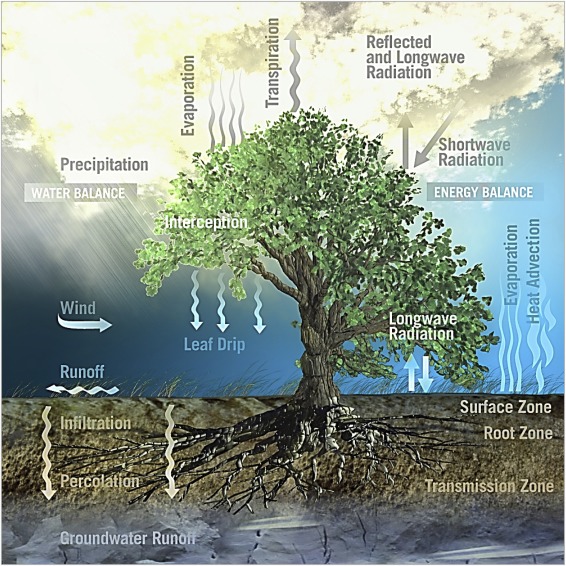What are Process-Based Models?

The PhenoRob DAA uses process-based models to improve the field of agronomy. Process-based models are sophisticated mathematical tools used in agriculture to simulate the intricate interplay of biological, physical, and chemical processes within complex systems. These models provide a digital representation of how plants interact with their environment, incorporating factors like temperature, water availability, nutrients, and more. Unlike simple observations, they delve deep into the underlying mechanisms, allowing us to understand and predict how crops respond to varying conditions.
Understanding Process-Based Models
Process-based models emulate the functioning of agricultural systems, incorporating the dynamic relationships between various components and reflecting real-world complexity. They integrate the biological, physical, and chemical processes that govern plant growth, considering both current and historical conditions. Feedback loops iterate between processes, enabling predictions of crop reactions under various scenarios, testing management strategies, and gaining insights. These models are underpinned by several mathematical and operational concepts, including:
- 🌾 Mass Balance: A foundational principle rooted in conservation laws, tracking the flow of substances like water and nutrients.
- 🌍 Fluid Dynamics: Deals with water movement in soils and plants, using equations like Darcy’s law and Richards’ equation.
- 🌦️ Differential Equations: Often of the first order, they play a crucial role in the temporal evolution of agricultural processes.
- 💧 Finite Difference Method: A numerical technique commonly employed to solve differential equations by discretizing time and space.
- 🚜 Holistic Integration: Combines physiological, biochemical, and environmental variables, creating a comprehensive view of plant behavior.
- 🌾 Iterative Nature: Incorporates feedback loops, reflecting how past stress events influence a plant’s future responses.
- 🌍 Watch the talk by Prof. Frank Ewert on crop modeling:
Unveiling Complexity: From Cells to Regional Scale
Process-based models provide insights from the cellular level to vast regional landscapes. They offer unique perspectives across scales, from biochemical intricacies within cells to broad agricultural system impacts. Various models developed within the Phenorob partner institutions, such as GRANAR, MECHA, CPlantBox, AGRO-C, SIMPLACE, DuMux-ROSI, and TerrSysMP, cater to different scales and focuses, providing a comprehensive understanding.
- 🌾 GRANAR and MECHA Models: Focus on cell-level granular processes and mechanical phenomena.
- 🌍 CPlantBox Model: Comprehensive modeling at both root and shoot levels.
- 🌦️ AGRO-C Model: Focused on carbon dynamics within agricultural soil.
- 💧 SIMPLACE Model: An open-source software for understanding interactions among crops, soil, and climate.
- 🚜 DuMux-ROSI Model: Enhances soil water dynamics and root-soil interactions.
- 🌾 TerrSysMP Model: Simulates land-atmosphere interactions.
Enriching Agricultural Practices for Farmers and Stakeholders
These models offer profound insights for farmers, guiding precision agriculture practices such as optimizing resource allocation, planting times, irrigation schedules, and fertilizer rates. Stakeholders and investors can evaluate potential risks and returns of agricultural investments, analyze various scenarios, assess climate change impacts, and estimate future crop yields.
Learn More
Explore more about Process-Based Models and their applications with these insightful videos: